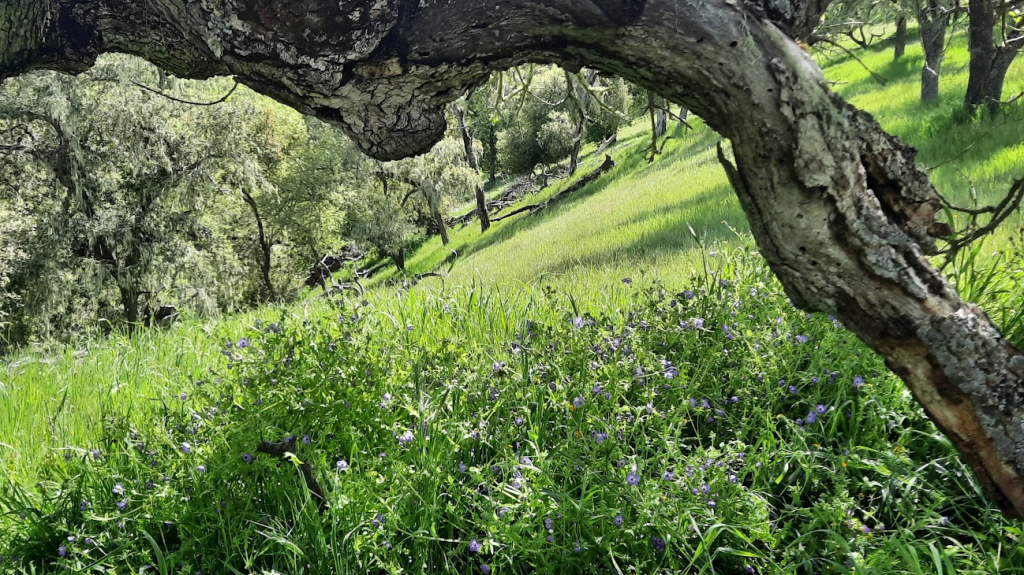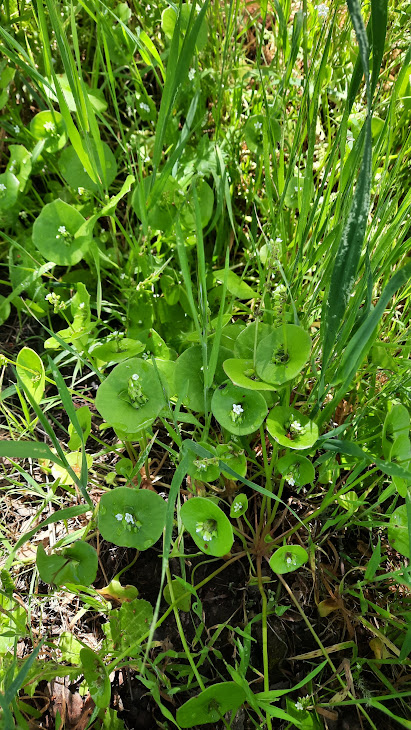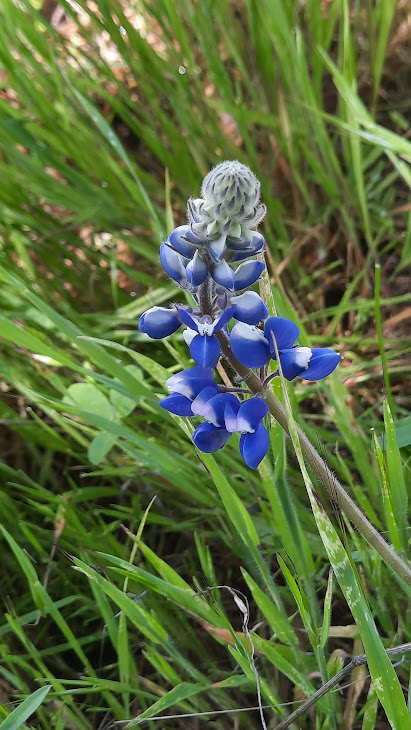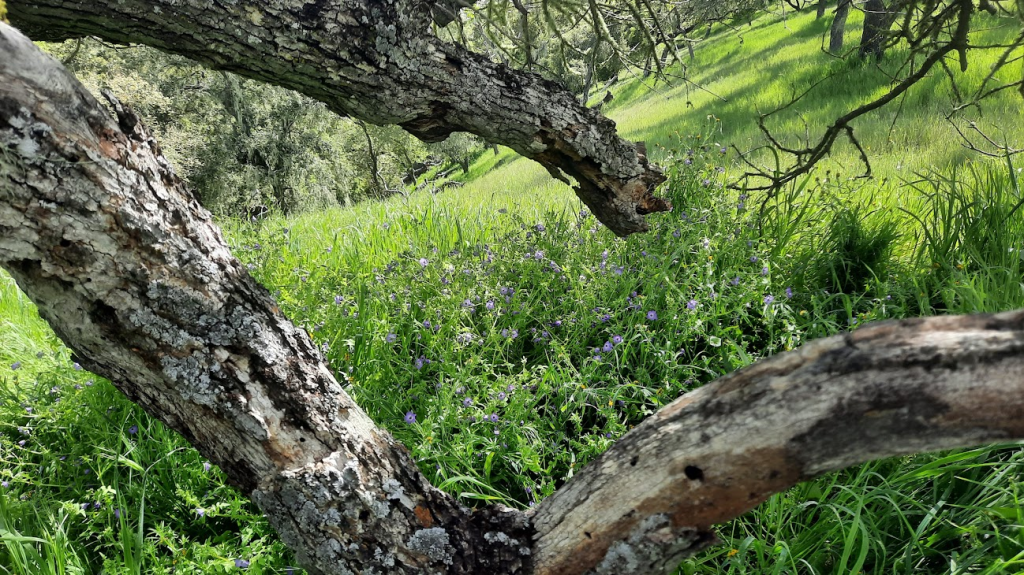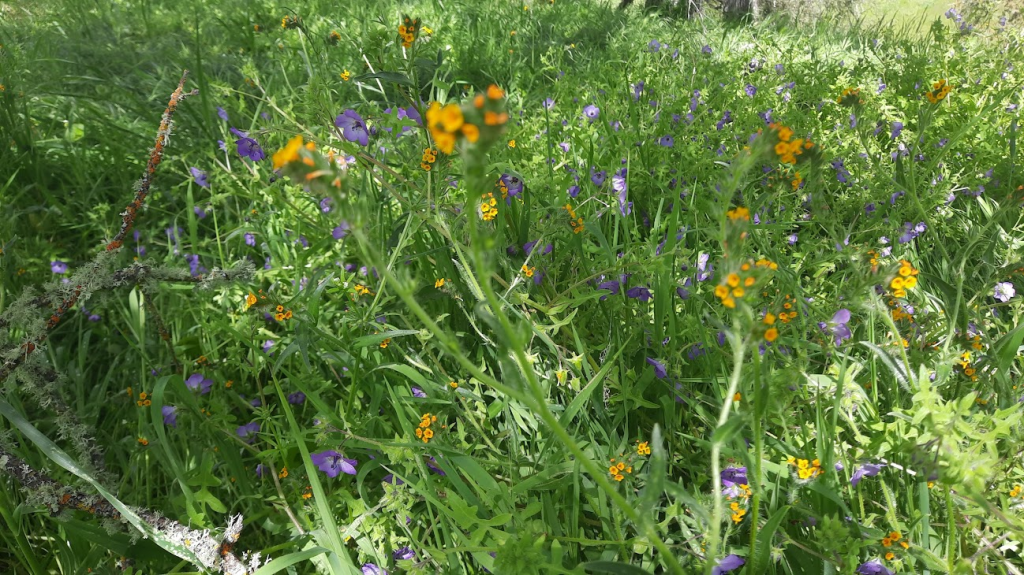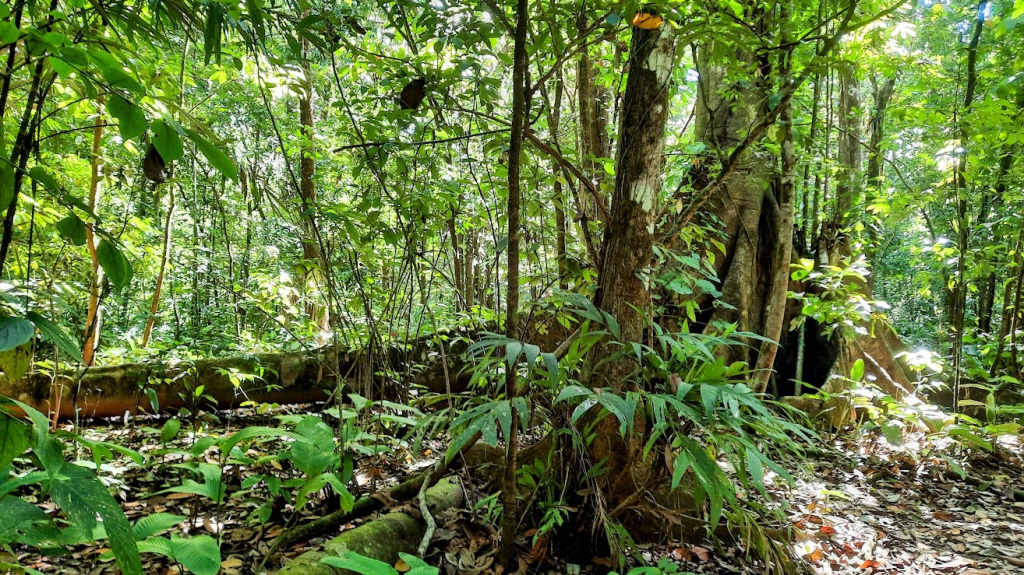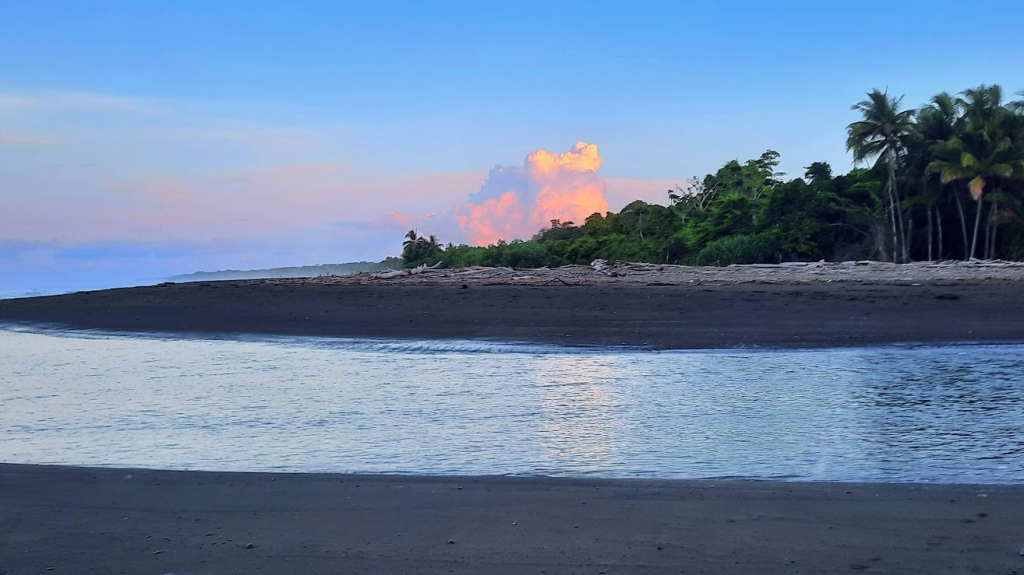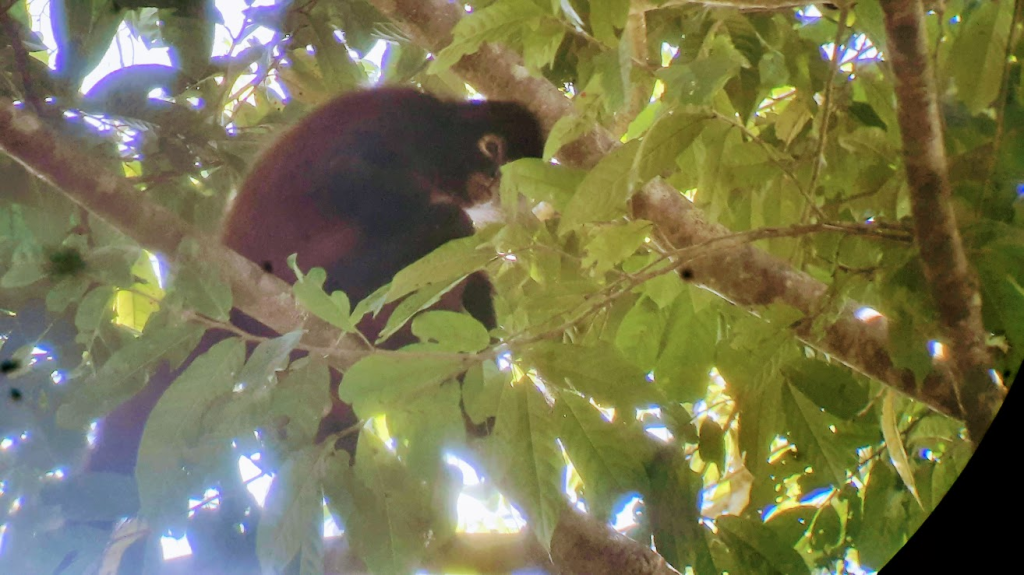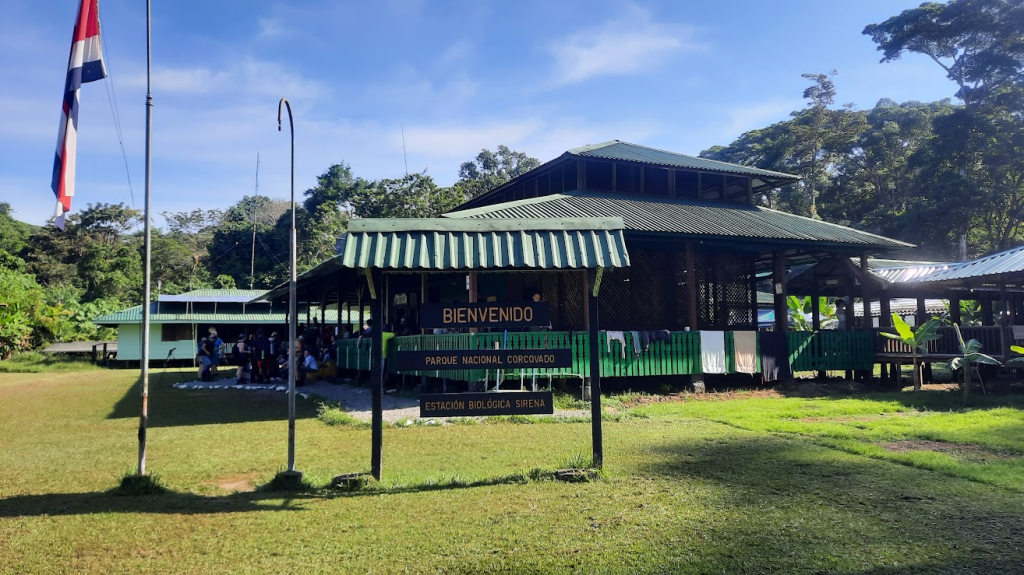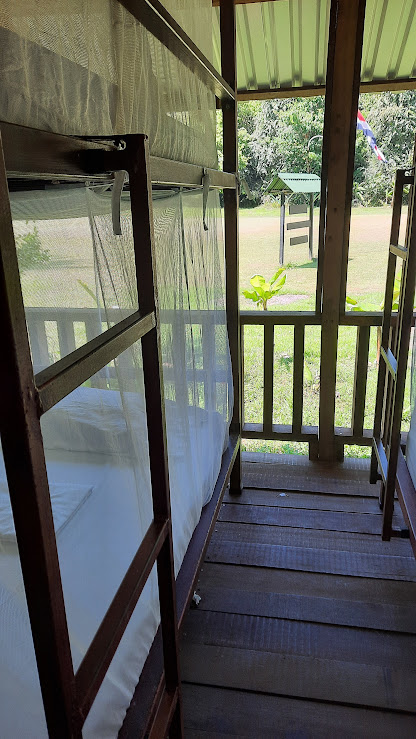Tags
Earth Day, Gerald Manley Hopkins, inspiration, Nature, photography, poetry, Theodore Roethke, Thomas Merton

From “The Shape of Fire” by Theodore Roethke
To have the whole air!—
The light, the full sun
Coming down on the flowerheads,
The tendrils turning slowly,
A slow snail-lifting, liquescent;
To be by the rose
Rising slowly out of its bed,
Still as a child in its first loneliness;
To see cyclamen veins become clearer in early sunlight,
And mist lifting out of the brown cat-tails;
To stare into the after-light, the glitter left on the lake’s surface,
When the sun has fallen behind a wooded island;
To follow the drops sliding from a lifted oar,
Held up, while the rower breathes, and the small boat drifts quietly shoreward;
To know that light falls and fills, often without our knowing,
As an opaque vase fills to the brim from a quick pouring,
Fills and trembles at the edge yet does not flow over,
Still holding and feeding the stem of the contained flower.

Pied Beauty
by Gerard Manley Hopkins
Glory be to God for dappled things –
For skies of couple-colour as a brinded cow;
For rose-moles all in stipple upon trout that swim;
Fresh-firecoal chestnut-falls; finches’ wings;
Landscape plotted and pieced – fold, fallow, and plough;
And áll trádes, their gear and tackle and trim.
All things counter, original, spare, strange;
Whatever is fickle, freckled (who knows how?)
With swift, slow; sweet, sour; adazzle, dim;
He fathers-forth whose beauty is past change:
Praise him.

O Sweet Irrational Worship by Thomas Merton
Wind and a bobwhite
And the afternoon sun.
By ceasing to question the sun
I have become light,
Bird and wind.
My leaves sing.
I am earth, earth
All these lighted things
Grow from my heart.
A tall, spare pine
Stands like the initial of my first
Name when I had one.
When I had a spirit,
When I was on fire
When this valley was
Made out of fresh air
You spoke my name
In naming Your silence:
O sweet, irrational worship!
I am earth, earth
My heart’s love
Bursts with hay and flowers.
I am a lake of blue air
In which my own appointed place
Field and valley
Stand reflected.
I am earth, earth
Out of my grass heart
Rises the bobwhite.
Out of my nameless weeds
His foolish worship.


